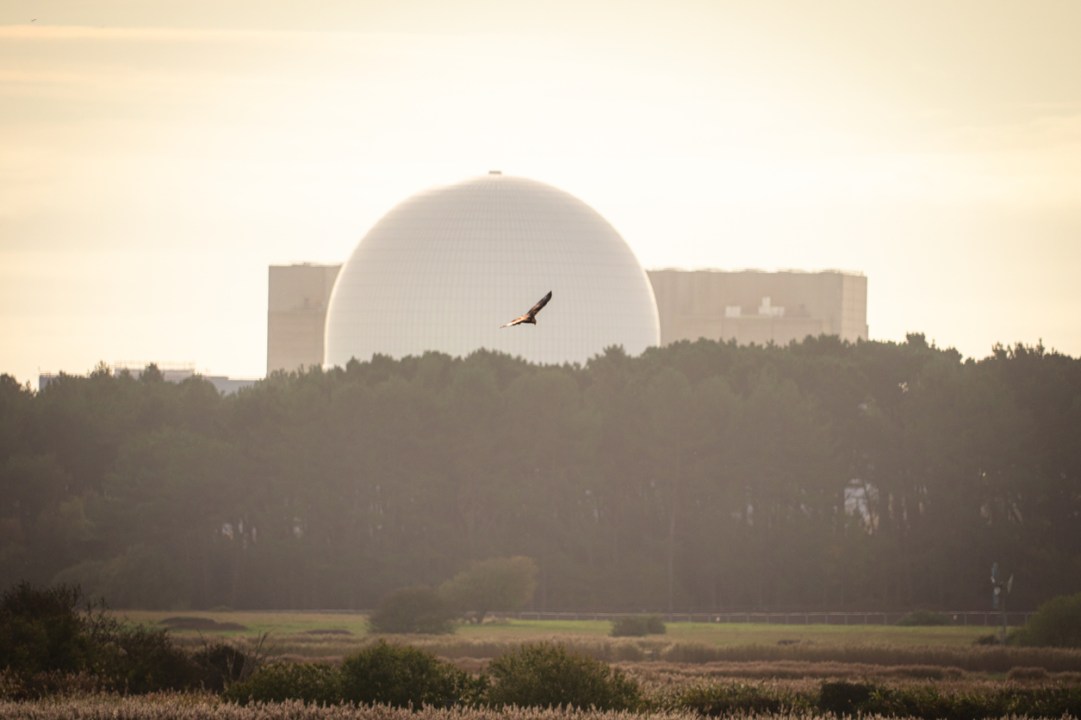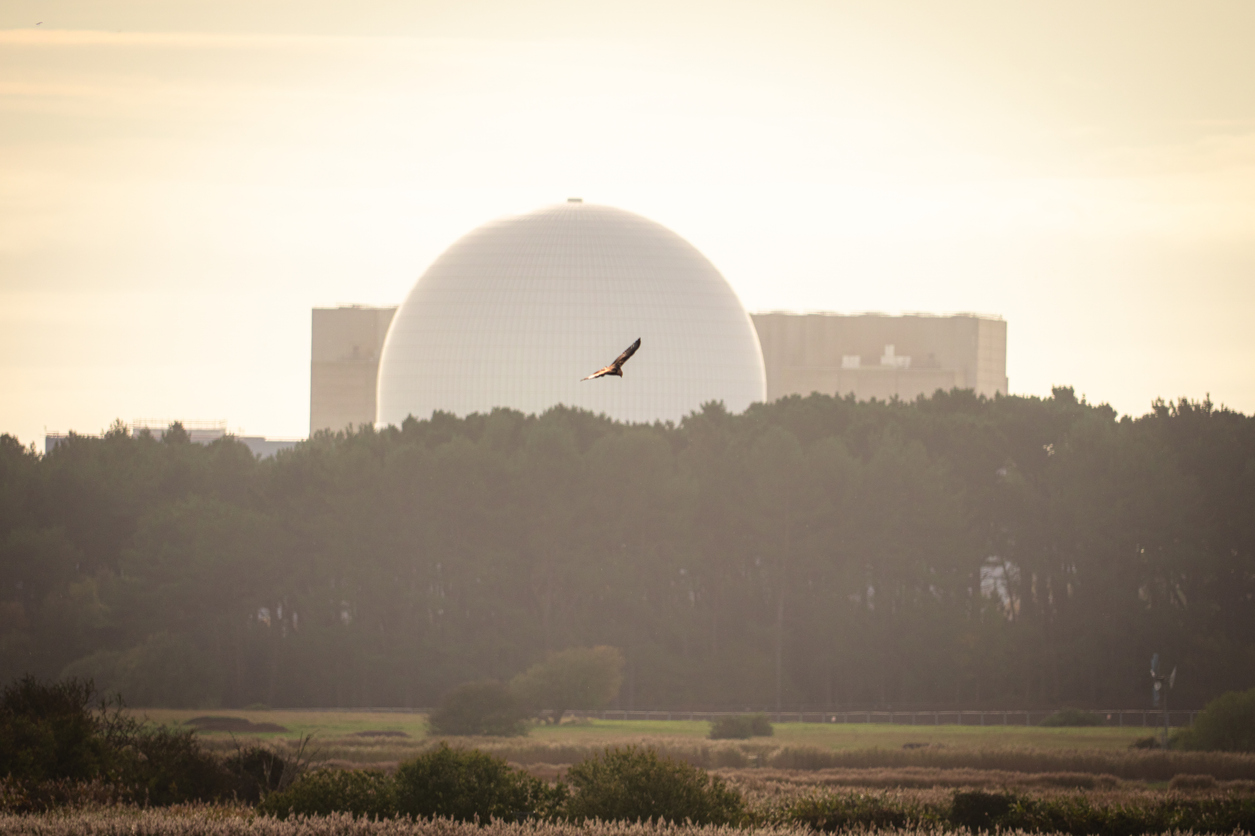There is no greener form of power than nuclear power. It emits less carbon and uses less space per megawatt than any other form of power. Yet rules designed to protect nature have made it far more expensive than it needs to be and put it at a competitive disadvantage when competing against dirtier and more land-hungry forms of power. This is the reason why Hinkley Point C, when finished, will be the most expensive nuclear power plant ever built on Earth.
So, what’s that got to do with the price of fish? A lot, actually. The Nuclear Regulatory Taskforce, a group appointed by the PM to figure out how to get the UK’s extreme nuclear construction costs down, have published a scathing report. It is full of infuriating examples, but none more so than the lengths to which EDF were forced to go to protect a tiny number of fish.
Hinkley Point C’s ‘Fish Disco’ has become a symbol of the absurdity of Britain’s planning system. At a cost of £50 million, speakers will be installed to play jumbo-jet level noise to deter fish from entering the water intake pipe. EDF fought the requirement for years – they were concerned for the safety of divers employed to repair the speakers – but eventually gave in when the dispute dragged on for so long that a safer alternative was developed.
The ‘fish disco’ is just the tip of the iceberg. EDF are also spending £150 million on a ‘world first’ fish recovery and returns system and half a billion on special water-intake heads. All in all, £700 million is being spent on fish protection. And how many fish are we protecting? Around a hundred per year. In other words, we will spend around £280,000 per fish saved over the next 25 years. It is an indefensible waste of money. It will make electricity more expensive at a time when it is crucial for both the economy and the climate that it gets cheaper.
If nature is your priority, then it should anger you too. We could do much more to protect wildlife for much, much less. The report cites the example of a project that removed a weir and reopened up to 160 kilometres of natural habitat to salmon. It cost just £100,000, or just over a third of what Hinkley Point C spent saving a single fish.
In one case, EDF were required to develop, build, and operate a water treatment plant to remove trace levels of naturally occurring metals from groundwater before it was discharged into the Severn Estuary. The miniscule environmental benefit from removing the naturally occurring metals was almost certainly outweighed by the environmental impact of the treatment plant, which itself requires energy and chemicals. On top of that, regulators forced EDF to discharge the water 500 metres offshore. This required a longer pipe, which cost £60 million to build.
Sizewell C’s environmental impact assessment stretched to 44,000 pages (or 80,000 if you include all the supporting documentation). It is striking how ‘into the weeds’ these assessments get. The assessment included modelling on pilings driven into the seabed which looked at ‘the three-decibel difference in sound depending on which hammer would be used.’
Renewable campaigners and nuclear advocates often find themselves on opposite sides on the debate about energy policy, but one area where there should be consensus is on the impact of the EU-derived Habitats Regulations.
For every nuclear power station spending £280,000 to save a fish, there’s an offshore wind farm spending the same to save a guillemot. The taskforce cite the example of three windfarms that are stuck in planning limbo because they might damage a bit of seabed where a rare worm could be.
Every member of the public has an interest in knowing the cost of environmental mitigations like the ones above. We are the ones who ultimately end up paying for them – either in higher bills, or as with HS2’s bat tunnel, in higher taxes. Yet, the public is mostly kept in the dark.
The regulators and ministers deciding on projects typically don’t get information about the cost either. One of less radical suggestions in this radical report is to change the rules so developers include a cost estimate in their environmental assessment of any mitigation measure that is potentially over £500,000.
If decision makers could easily see just how bad these regulations are, then I suspect they wouldn’t blink before implementing the report’s more radical measures. The best of these is the idea to create a massive government-run nature fund that nuclear developers could pay into, at a cost of up to £1 million per acre, instead of having to provide expensive fish discos and extra-long discharge pipes. For Hinkley Point C, this could cost as much as £430 million. Even so, that’s still less than they spent on fish protection.








Comments